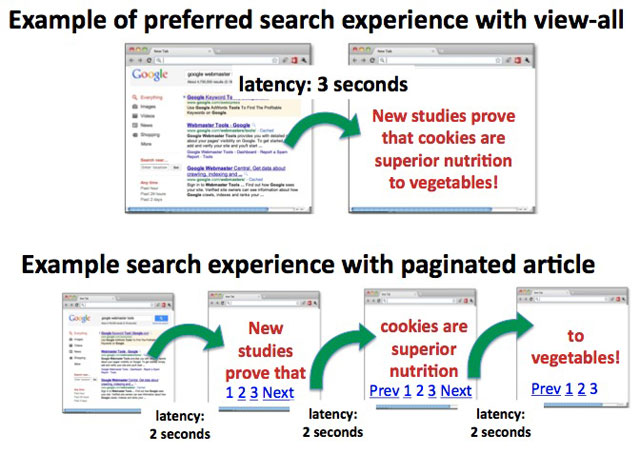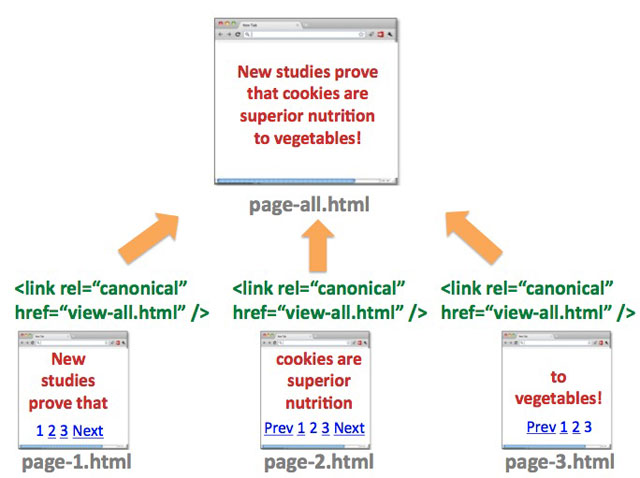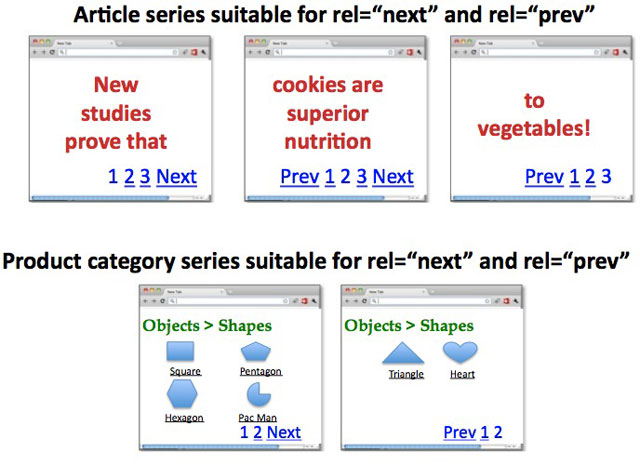At SMX yesterday, during the Pagination SEO session, Google revealed their solution for one of the biggest issues in SEO, dealing with pagination.
The issue overall is when you have pages that need to be split up, either one article split into three different pages, a set of product category pages with 20 results per page and a set of 20 additional pages or similar situations. Now the issue with this is, which page does Google rank? You are splitting your link juice and other Google factors for the main page to the paginated pages. It is a complex issue people dealt with by either just leaving it as is, using a view all page and not letting search engines get to paginated results or noindexing it all.
Google has come up with two solutions, in basic terms:
(1) View all in search results – in short, if you have a “view all” option in your pagination, Google will do the work for you. They will take all the link and variables associated with those paginated pages and move it to the view all page and try to just rank the view all page.
Google feels that most of the time, depending on how long the view all page takes to load, that it is the best experience for the user. Here is why:

If you really want Google to make sure to do this, then use the rel=â€canonical†from the paginated results to the view all page.

What if you have different page titles and or you don’t have a view all page? That is where option two comes in:
(2) Pagination with rel=”next” and rel=”prev”.
In short, it lets you tell Google that all these paginated results are part of a larger set and treat the page as one. Google still wants you to differentiate the pages with unique page titles but this way they know all the ranking juices flow to the same pages, typically the first page.

If you do have a view all, but want to override this and use the rel next/previous then you can.
Anyway, Google lays out the options as follows:
- Leave whatever you have exactly as-is. Paginated content exists throughout the web and Google continue to strive to give searchers the best result, regardless of the page’s rel=”next”/rel=”prev” HTML markup-or lack thereof.
- If you have a view-all page, or are considering a view-all page, see the post on View-all in search results.
- Hint to Google the relationship between the component URLs of your series with rel=”next” and rel=”prev”. This helps us more accurately index your content and serve to users the most relevant page (commonly the first page). Implementation details below.
There is also a ton of confusion on how to implement the rel next and previous. It does not go in the link element, it goes in the head. For more on that, see Google’s blog post.
Anyway, Google is taking questions on this at Google Webmaster Help. So don’t be shy to ask.
Forum discussion at Google Webmaster Help and WebmasterWorld.
Article source: http://www.seroundtable.com/google-pagination-solution-14037.html
